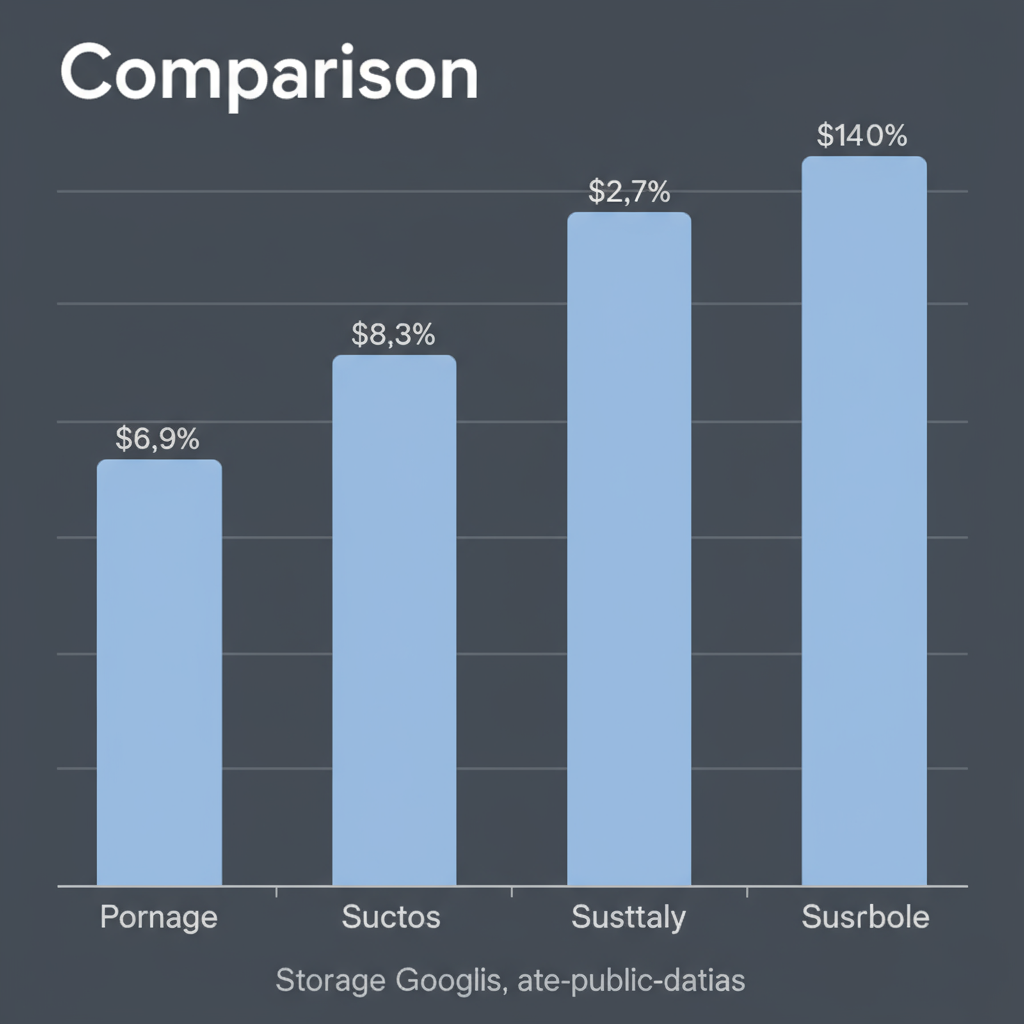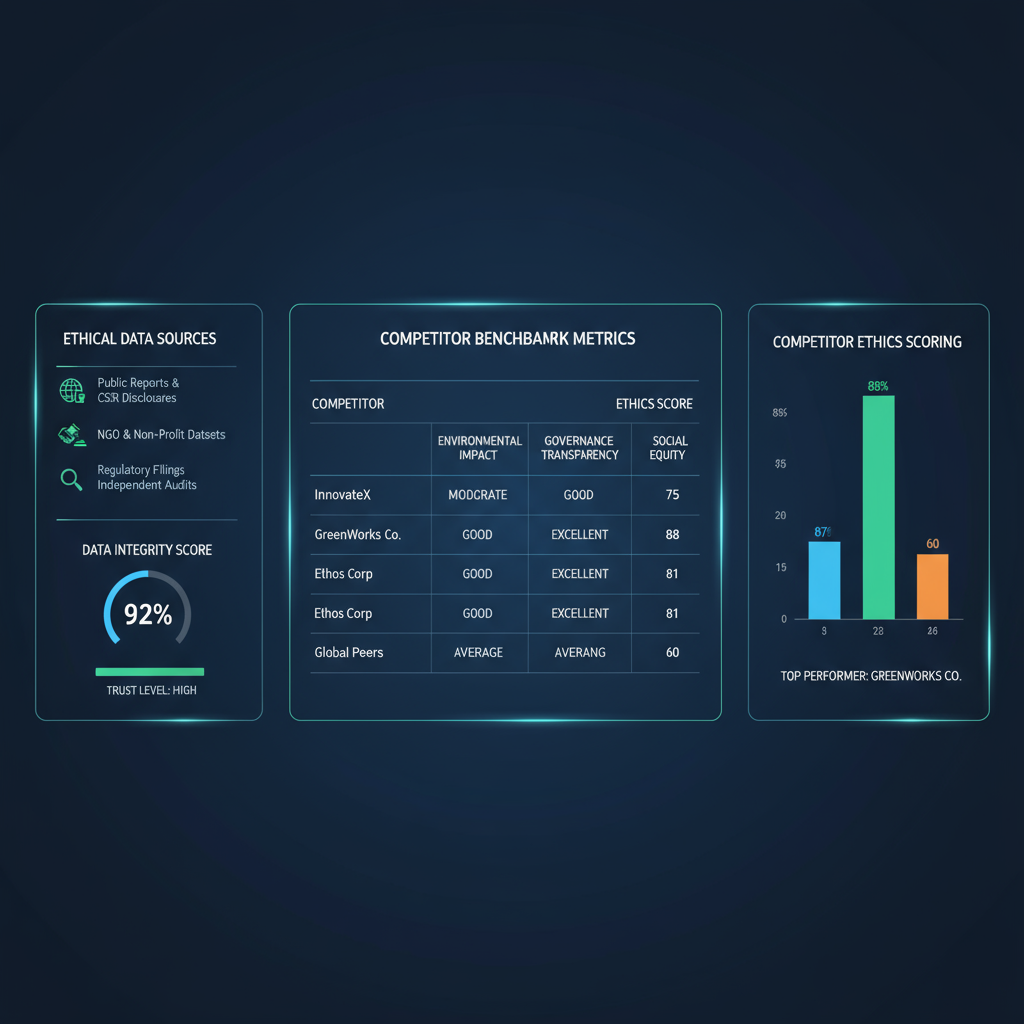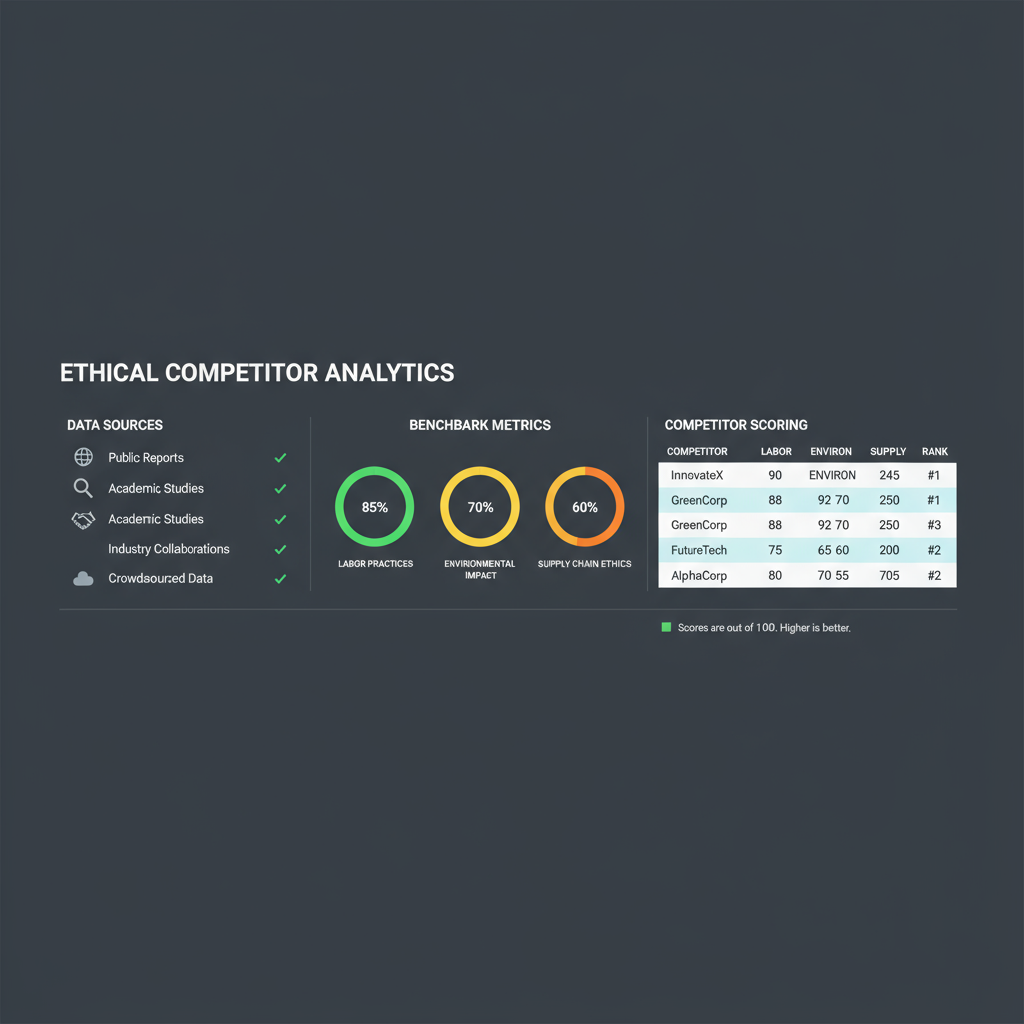Competitor Benchmarking Analysis Strategies to Outperform Ri
Learn how to conduct competitor benchmarking analysis, select key KPIs, and use ethical data collection to gain a strategic edge over market rivals.

Competitor Benchmarking Analysis Strategies to Outperform Rivals
Competitor benchmarking analysis is a powerful strategic tool that enables businesses to measure performance against their rivals, identify gaps, and uncover opportunities for growth. By leveraging competitor benchmarking analysis effectively, organizations can optimize marketing efforts, refine product offerings, improve customer experience, and ultimately secure a stronger position in their markets.
In this guide, you'll discover how to perform competitor benchmarking analysis step-by-step, the metrics to track, tools to use, and strategies to ensure your insights lead to real competitive advantage.

---
What is Competitor Benchmarking Analysis?
Competitor benchmarking analysis is the structured evaluation of competitors' strategies, processes, and results to inform and improve your own performance. It involves collecting relevant data, comparing key metrics, and generating insights to guide strategic decisions.
Role in Strategic Planning:
- Establishes realistic performance baselines
- Highlights market trends and competitive threats
- Informs investment priorities
- Validates or challenges your strategic assumptions
---
Types of Benchmarking
There are several categories of benchmarking, each serving distinct purposes in competitor benchmarking analysis:
- Performance Benchmarking
- Compares quantitative metrics such as revenue, market share, and conversion rates.
- Process Benchmarking
- Examines workflows or operational methods to identify efficiencies and best practices.
- Strategic Benchmarking
- Reviews long-term goals, positioning strategies, and innovation approaches.
- Customer Experience Benchmarking
- Evaluates satisfaction, Net Promoter Scores (NPS), and brand perception.

---
Identifying Direct and Indirect Competitors
Knowing who to measure against is foundational to effective competitor benchmarking analysis.
Direct Competitors
Companies offering similar products or services to the same target audience.
Example: Two SaaS platforms for project management targeting SMEs.
Indirect Competitors
Businesses meeting the same customer need in a different way.
Example: A digital planning app vs. traditional paper planners.
Mapping both ensures a comprehensive competitive landscape.
---
Choosing Benchmark Metrics
The right KPIs turn competitor benchmarking analysis into actionable strategy.
Common Metrics:
- Market Share – Percentage of total sales in the market
- Conversion Rates – From lead to customer
- Customer Satisfaction – Survey results, NPS
- Pricing – Average selling price in comparison to industry norms
- Product Quality – Defect rates, user ratings
| KPI | Measurement Method | Benchmark Goal |
|---|---|---|
| Market Share | Industry reports | +5% growth YOY |
| Conversion Rates | Analytics tools | Above competitor average |
| Customer Satisfaction | Surveys, reviews | 95% satisfaction |
| Pricing | Price scraping | Remains competitive without margin loss |
| Product Quality | Defect logs, ratings | Industry-leading reliability |
---
Collecting Competitor Data Ethically
Ethical data collection maintains compliance and protects your reputation.
Approved Sources:
- Public financial reports
- Social media engagement
- SEO tools for keyword rankings and backlinks
- Customer reviews from verified platforms
Avoid accessing confidential data without permission. Focus on publicly available information or data accessible through legitimate tools.
---
Performing a SWOT Analysis
After collecting data, use the SWOT framework:
- Strengths – Areas where competitors excel
- Weaknesses – Gaps in their performance
- Opportunities – Trends or markets you can exploit
- Threats – Risks from competitor moves or market shifts
A clear SWOT helps teams quickly grasp the competitive environment.
---
Visualizing Data for Clarity
Data visualizations make insights more accessible across departments.
Examples:
- Bar charts for conversion comparison
- Line charts for tracking market share over time
- HTML tables contrasting KPIs
| Competitor | Market Share (%) | Conversion Rate (%) | NPS |
|---|---|---|---|
| Competitor A | 25 | 3.5 | 60 |
| Competitor B | 18 | 4.0 | 75 |
| Your Company | 20 | 3.8 | 70 |
---
Identifying Gaps and Setting Improvement Goals
Once your position is clear:
- Target weaker KPIs for focused improvement
- Align these goals with larger business strategies
- Use competitor strengths as a source of inspiration
For example, if your conversion rate is lower, analyze top competitor landing pages for copy, design, or UX tactics you can adapt.
---
Integrating Insights Across Business Functions
Competitor benchmarking analysis benefits all areas:
- Marketing – Refine campaigns with tested competitor tactics
- Sales – Emphasize competitive differentiators in pitches
- Product Development – Add or enhance features that match or exceed rivals

---
Continuous Monitoring and Updates
Regular updates keep your insights relevant.
Best Practices:
- Conduct quarterly updates
- Use real-time alerts via monitoring tools
- Maintain a competitive intelligence dashboard
---
Case Study: Product Launch and Retention Boost
Scenario: A mid-sized eCommerce brand prepared a product launch but faced retention issues.
Approach:
- Benchmarked launches against top rivals
- Found competitors offering loyalty discounts post-purchase
- Added a similar retention campaign
Results:
- 20% higher launch conversion rate
- 15% more repeat purchases over six months
---
Common Mistakes to Avoid
- Relying on outdated data
- Ignoring niche competitors
- Misinterpreting metrics without context
---
Actionable Competitor Benchmarking Checklist
- Define direct and indirect competitors
- Select relevant KPIs
- Collect ethical, public data
- Conduct a SWOT analysis
- Visualize and share results
- Identify performance gaps
- Set measurable improvement goals
- Integrate findings into department strategies
- Schedule routine reviews
---
Summary: Competitor benchmarking analysis, grounded in ethical practice and clear metrics, gives you a sustainable edge. By monitoring competitors continuously, integrating insights across teams, and acting on data, you can consistently outperform rivals.
Call to Action: Start your competitor benchmarking analysis today—gather your data, set benchmarks, and turn insights into decisive action for growth.




